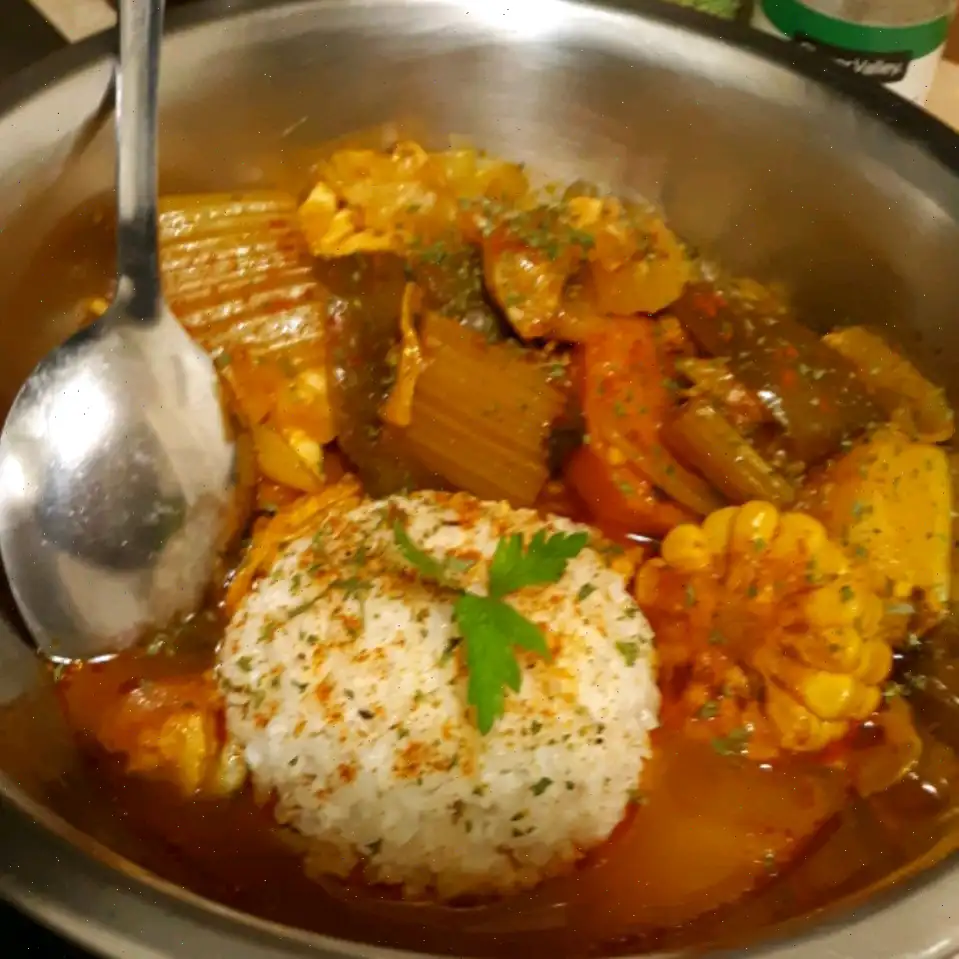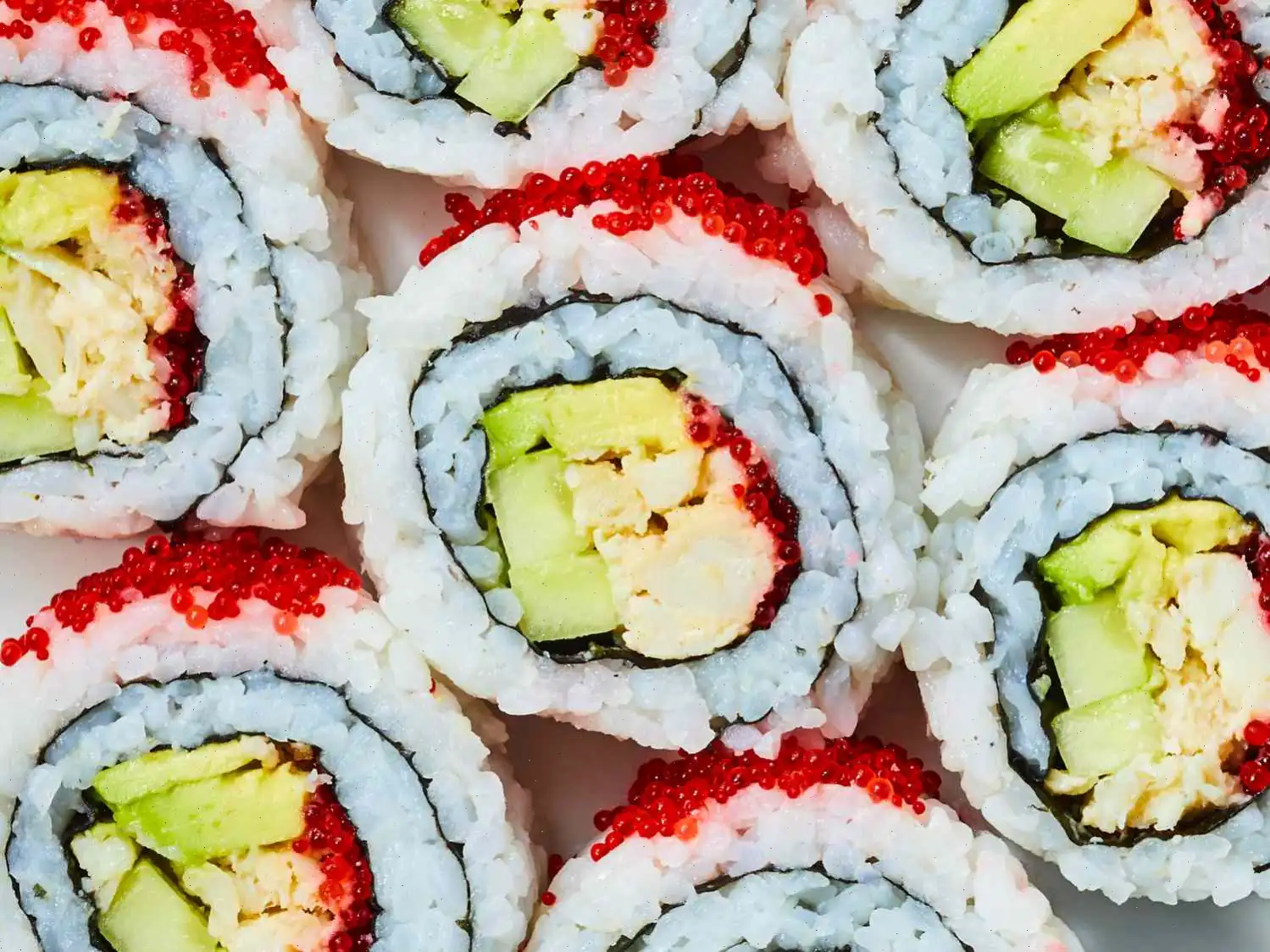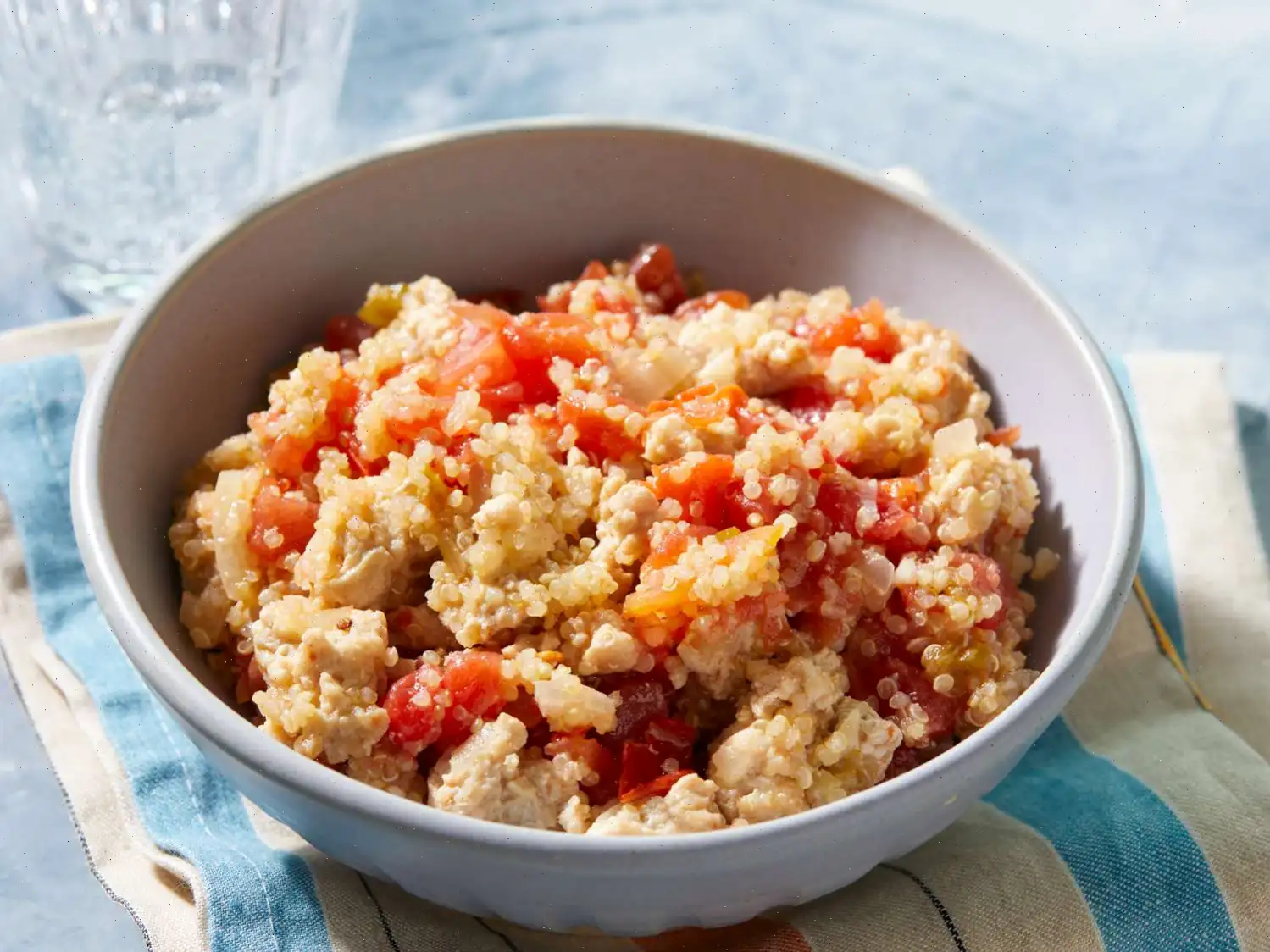
Shrimp Stir-Fry With Snap Peas and Baby Corn Recipe
Shrimp Stir-Fry with Vegetables
This flavorful stir-fry brings together succulent shrimp and fresh vegetables, all coated in a savory-sweet sauce. Perfect served over rice, this dish is both quick and delicious.
Ingredients
- 1/4 cup soy sauce
- 2 tablespoons honey
- 2 tablespoons lemon juice
- 1 tablespoon cornstarch
- 1 clove garlic, minced
- 1 teaspoon hoisin sauce
- 1/4 teaspoon crushed red pepper flakes
- 1 tablespoon sesame oil
- 1 (15 ounce) can baby corn, drained
- 8 ounces snap peas
- 1 (6 1/2 ounce) can sliced mushrooms, drained
- 1 pound large raw shrimp, peeled and deveined
Directions
- In a small bowl, whisk together soy sauce, honey, lemon juice, cornstarch, garlic, hoisin sauce, and red pepper flakes. Set aside.
- Heat sesame oil in a wok or large skillet over medium-high heat.
- Add the baby corn, snap peas, and mushrooms to the wok. Stir-fry for about 4 minutes, or until vegetables are tender-crisp.
- Add the shrimp to the wok and stir-fry for an additional 2 minutes, or until shrimp begin to turn pink.
- Pour the reserved sauce into the wok, stirring to coat the shrimp and vegetables. Cook for another 2 minutes, until the shrimp are opaque and cooked through.
- Serve immediately over steamed rice. Enjoy!
Nutrition Facts (per serving)
| Calories | 150 |
| Total Fat | 4g |
| Saturated Fat | 1g |
| Cholesterol | 95mg |
| Sodium | 1030mg |
| Total Carbohydrate | 17g |
| Dietary Fiber | 2g |
| Total Sugars | 9g |
| Protein | 14g |
| Vitamin C | 21mg |
| Calcium | 65mg |
| Iron | 2mg |
| Potassium | 382mg |
* Percent Daily Values are based on a 2,000 calorie diet. Your daily values may be higher or lower depending on your calorie needs.
History and Origins of Shrimp Stir-Fry with Snap Peas and Baby Corn
The dish known as shrimp stir-fry with snap peas and baby corn finds its roots in traditional Asian cooking, particularly from Chinese culinary traditions. Stir-frying as a technique has been practiced in China for centuries, originating during the Han Dynasty as a quick and efficient method to cook vegetables and proteins over high heat. The combination of shrimp, snap peas, and baby corn reflects the Chinese emphasis on balancing flavors and texturestender, sweet, and crisp elements in a single dish. Over time, this dish evolved and spread to other Asian countries, adapting to local tastes and ingredient availability.
Regional Variations and Characteristics
In southern China, shrimp stir-fries are often lighter and sweeter, using ingredients like honey or mild soy sauce. In contrast, regions such as Sichuan may add a hint of spice with crushed red pepper flakes or chili oil. Snap peas, which are native to Europe but widely cultivated in Asia, are typically prized for their crunch and bright green color, while baby corn adds a delicate sweetness that balances the seafood. The mushrooms included in the recipe reflect a common East Asian technique of combining multiple vegetable textures for visual and culinary appeal.
How It Differs from Similar Dishes
While shrimp stir-fries are common, this particular combination stands out for its use of both snap peas and baby corn, which creates a distinctive texture profile. Unlike shrimp fried rice or shrimp chow mein, this dish does not include heavy noodles or rice within the stir-fry itself, keeping the dish light and focused on the fresh vegetables. The sauce, blending soy sauce, honey, lemon juice, and Hoisin, offers a subtle sweet-and-savory contrast that is milder than the intensely spicy or heavily garlicky sauces found in some other stir-fry variations.
Typical Serving Context
This stir-fry is most often served as a main course for lunch or dinner and is commonly accompanied by steamed jasmine rice or brown rice. In Asian households, it might be part of a larger meal with multiple small dishes, including soups, dumplings, and pickled vegetables. In Western adaptations, it often appears in casual dining restaurants or home-cooked weeknight meals, appreciated for its quick preparation and balance of protein, vegetables, and flavor.
Interesting Facts
- Stir-frying uses very high heat and a small amount of oil, which helps preserve the nutrients in vegetables while cooking shrimp rapidly.
- Baby corn is harvested before it fully matures, which is why it has a sweeter, more delicate flavor than regular corn.
- Shrimp is one of the most popular seafood items used in stir-fries because it cooks quickly and absorbs sauces effectively.
- The combination of sweet, sour, and umami flavors in the sauce mirrors the traditional Chinese culinary principle of balancing the five tastes in one dish.
- This dish can be easily adapted to include other vegetables or proteins, making it a versatile choice in both Asian and global cuisines.








